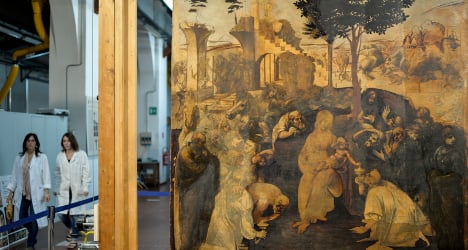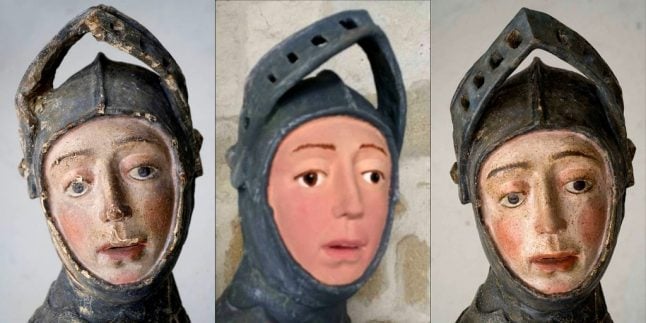Restorers working on the giant painting issued an update this week and revealed that they were three quarters of the way towards completing the cleaning of the huge (2.46m x 2.43m) tableau.
"The typical aerial perspective and atmosphere of Leonardo is already very obvious," said Marco Ciatti, one of the officials overseeing the restoration.
The painting was the work of the young Leonardo and he abandoned it when he left for Milan in 1481. It has been in the hands of a Florentine laboratory since 2011 awaiting the start of restoration work that was preceded by a year of preparatory research.
"Elements that could only be seen via infrared are now visible to the naked eye," said Ciatti, adding that the restorers were now much better able to understand how the artist had composed the work.
After the restoration of the painting is finished, the team will start work on the cracked frame with the aim of having it hanging in Florence's Uffizi Gallery by the end of 2015.




 Please whitelist us to continue reading.
Please whitelist us to continue reading.
Member comments